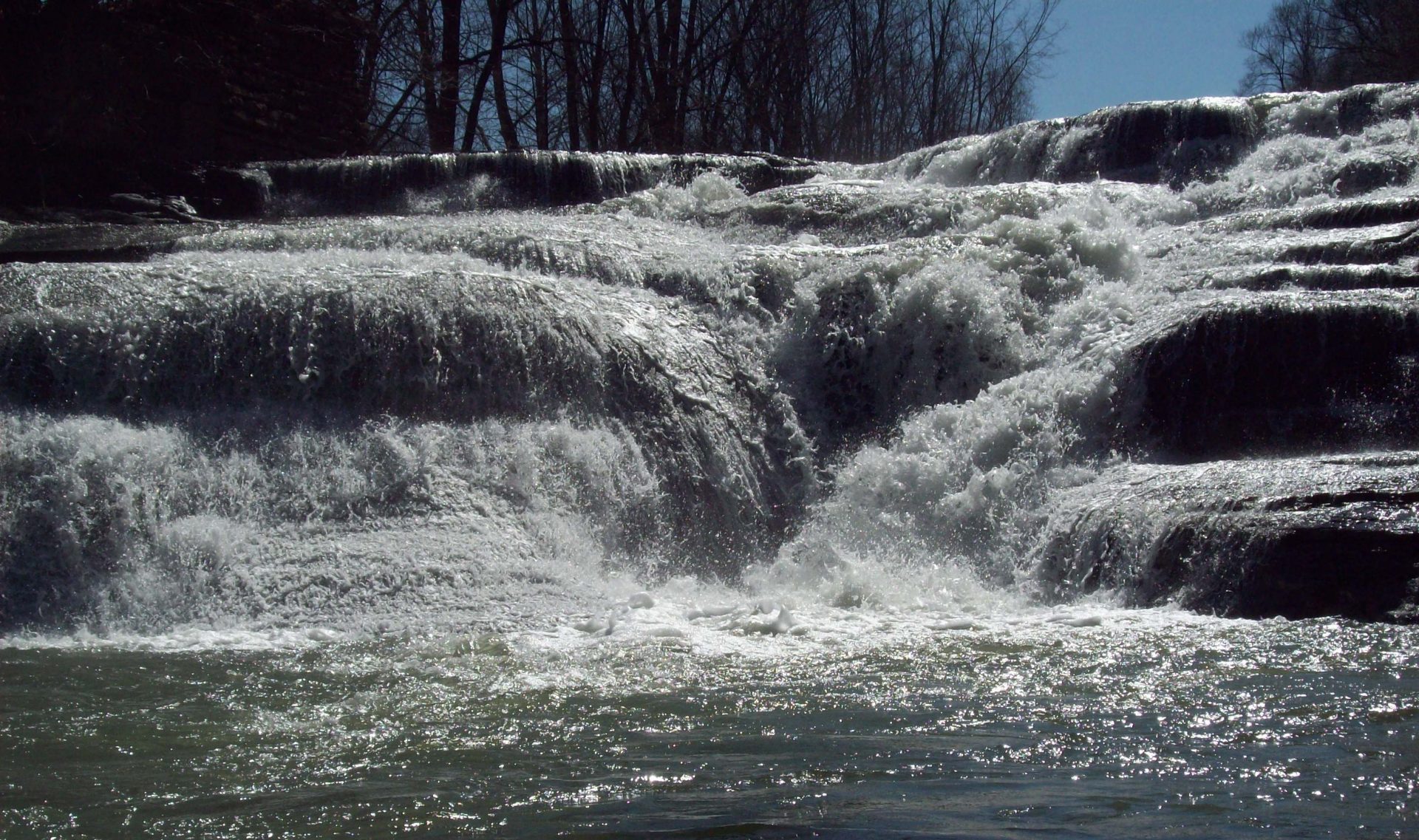By Rich Davenport, published December 16, 2021

Officials for Montana’s Fish, Wildlife and Parks Department announced on December 10, 2021 an extended deer hunting season, starting on December 11 and running through February 15, 2022, as part of their Chronic Wasting Disease (CWD) containment and reduction efforts in problem areas in the Big Sky State.
The season, which is in effect in select areas of deer and elk Region 3, is intended to reduce deer population density in an effort to slow the spread of CWD in an area of the state where up to 45% of the local herds are afflicted with this neurological and incurable disorder. It is also hoped that through reducing the deer herds in these unusually high CWD instances areas that potential spread to other game animals, such as mule deer, elk and moose, will be reduced dramatically.
The Region 3 hunting districts involved, which are located in the southwest section of the state, include:
- HD 320 – Those portions within the Jefferson River watershed. Portions within the Madison River watershed are excluded.
- HD 322
- HD 324
- HD 325 – Those portions within the Blacktail Deer Creek watershed. Portions within the Beaverhead River watershed south of Barretts are excluded.
- HD 326
- HD 329
- HD 330 – Those portions within the Ruby River watershed. Portions within the Madison River watershed are excluded.
- HD 331
- HD 340
The hunt is only valid on private lands and state-owned lands found in these Region 3 sections. Several licenses will be valid in the CWD management hunt area, and each — including B licenses — will be valid for either-sex whitetail harvest, including any unused 2021 general deer licenses, 003-00 whitetail deer B licenses, 399-00 whitetail deer B licenses, which will remain available for purchase throughout the hunt with a limit of 5 per hunter, and whitetail deer B licenses from any other hunting district.
CWD is a contagious neurological disease that is similar to Bovine Spongiform Encephalitis, or Mad Cow Disease, and is spread deer to deer via malformed proteins known as prions. This disease, which is always fatal, was first detected in Montana’s wild herds in 2017. According to the press release, CWD was detected among white-tailed deer in the Ruby Valley in 2019. These deer are contiguous with whitetail deer and moose throughout the Ruby, Jefferson, Beaverhead and Big Hole valleys. They are also seasonally connected to populations of elk, moose and mule deer.
Hunters can play a significant role in Montana’s CWD response efforts, as successful hunters reducing the population density can slow the progression of this disease to contain it to specific areas. Without hunters reducing population densities, CWD prevalence is expected to increase in the coming years within these whitetail deer populations, with the likelihood of spread to other ungulates like elk and moose becoming more likely.
Although CWD is thought to not spread to humans via venison consumption, the CDC recommends not consuming venison from infected animals and to have their harvest tested before consuming if the deer was taken in a known CWD zone. In 2006, several captive deer were confirmed CWD positive in NY, the only confirmed cases in the Empire State, but before test results were known, the deer were slaughtered and donated to a sportsman’s dinner in Oneida County. No one who consumed the venison has reported or shown any issues.

